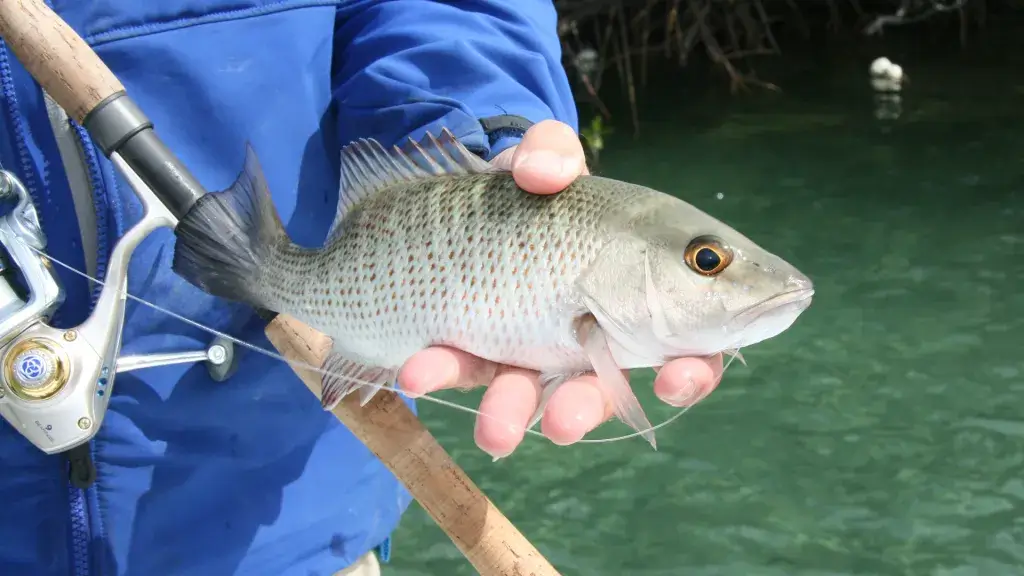
Okay, let’s talk mangrove snapper. These fellas are the prizefighters of the inshore fishing world. They’re strong, they’re smart, and they put up one heck of a fight. But let’s be honest, sometimes they can feel downright impossible to catch! I remember one particularly frustrating trip… I was out on the water for hours, using every trick in the book, and not a single bite. I was ready to throw in the towel. But then, something clicked. I made a few adjustments, and BAM! I started reeling them in left and right.
That’s what we’re here to talk about today. I’m going to share everything I’ve learned about these elusive fish, so you can go from feeling frustrated to feeling like a champion angler. No more coming home empty-handed. No more wondering what you’re doing wrong. It’s time to start catching more mangrove snapper!
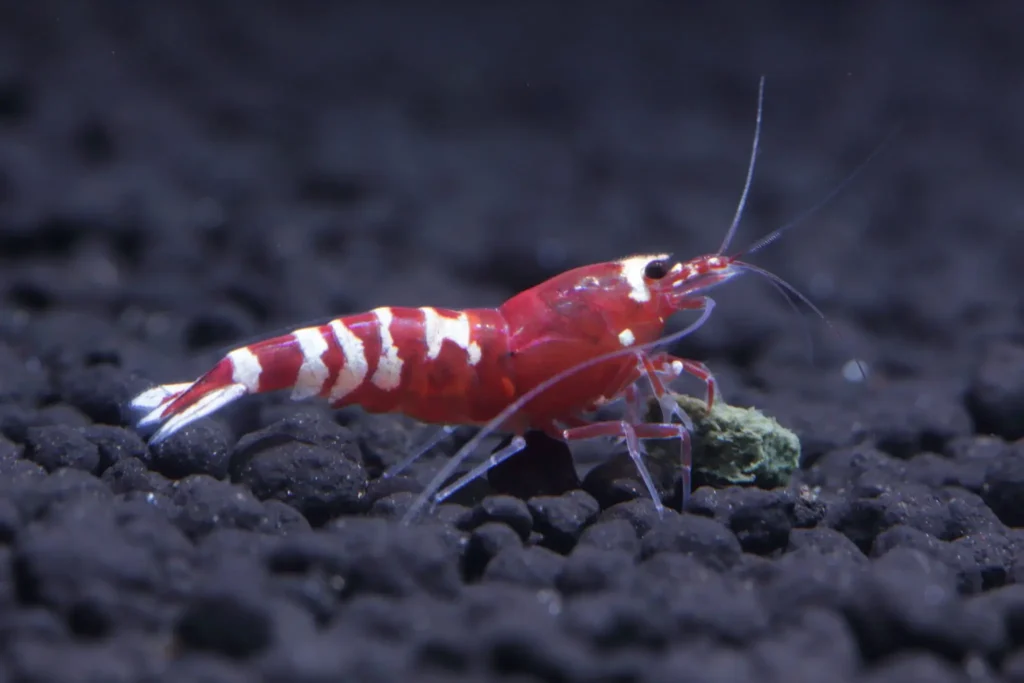
Mangrove snapper are opportunistic feeders. They’ll eat just about anything they can get their mouths on, but they have a particular fondness for shrimp, crabs, and small fish. Understanding their diet is key to choosing the right bait or lure.
Mangrove snapper isn’t just sitting around waiting to be caught. Their behavior changes throughout the day and year.
Now, let’s talk about the tools of the trade. Having the right tackle and gear can make all the difference in your mangrove snapper fishing success.
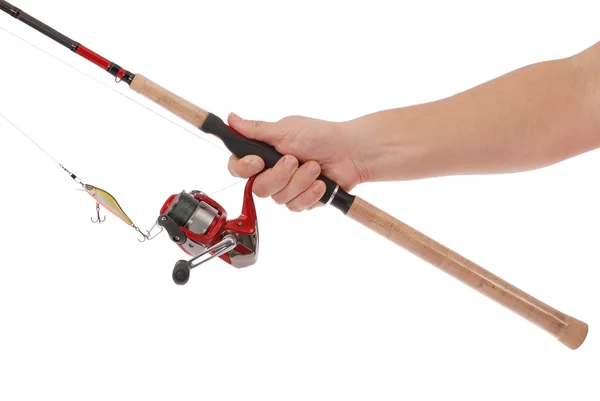
I recommend a 7-foot medium-heavy spinning rod or baitcasting rod paired with a reel with a smooth drag system. This will give you the sensitivity you need to feel those subtle bites and the backbone to handle a feisty snapper when they make a run for the mangroves. Pair it with a 2500-size spinning reel or a comparable baitcasting reel spooled with 10-15 pound braided line. The braided line’s thin diameter and lack of stretch will improve your sensitivity and hook setting power.
Your line is the connection between you and the fish, so it needs to be strong and reliable. Braided line is a popular choice because it’s thin, strong, and has low stretch, which gives you better sensitivity and hook-setting power.
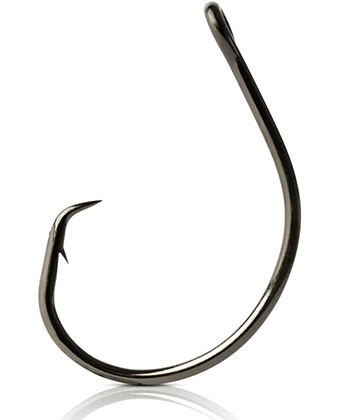
The hook is where the magic happens. It’s what actually catches the fish. For mangrove snapper, I recommend using circle hooks. like using 1/0 or 2/0 circle hooks. These hooks are great for live bait fishing because they tend to hook the fish in the corner of the mouth, making it easier to land them.
Leaders, swivels, and sinkers are essential components of your rig. A fluorocarbon leader is less visible to the fish than monofilament, and it’s also more abrasion-resistant. Swivels prevent line twist, and sinkers help get your bait or lure down to where the fish are.
Choosing the right bait or lure can be the difference between a successful day on the water and a frustrating one. Live shrimp are a classic choice for mangrove snapper. They’re natural, they’re readily available, and they’re irresistible to these fish. But if you prefer artificial lures, there are plenty of options that work well, such as jigs, soft plastics, and topwater plugs.
Okay, you’ve got your gear, you understand their behavior, now it’s time to find the fish.
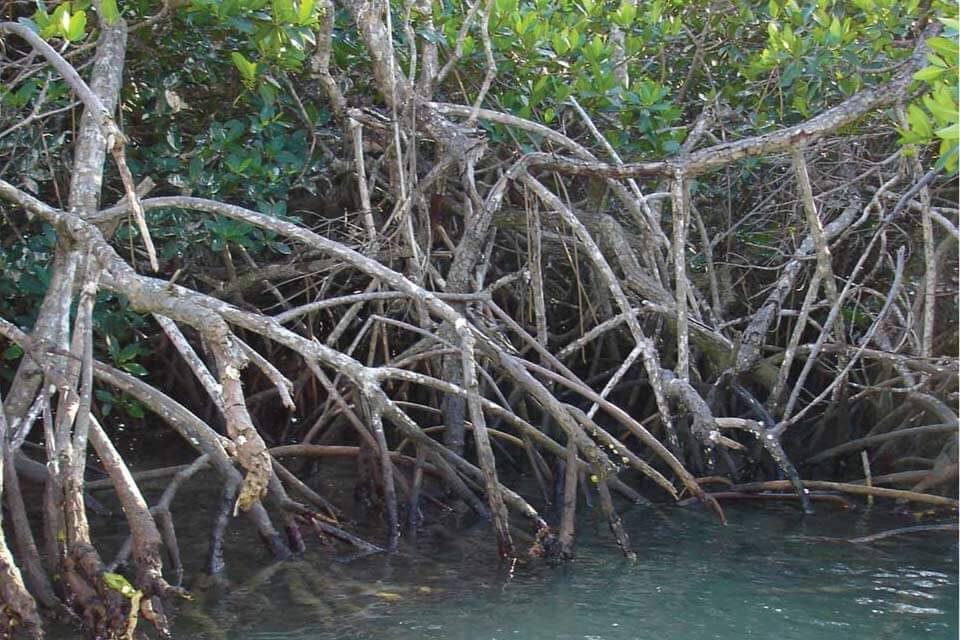
Look for areas with structure. Remember, mangrove snapper love to hang out around mangroves, oyster bars, jetties, and rocky areas. These structures provide them with places to hide, ambush prey, and escape from predators.
If you have access to electronics like a fish finder or GPS, use them to your advantage. These tools can help you identify underwater structure and locate areas where fish are congregating.
The way you present your bait or lure can make a big difference. Make sure it looks natural and enticing. If you’re using live bait, hook it through the tail or back so it can swim freely. If you’re using a lure, experiment with different retrieves until you find what works.
Casting and retrieving is an art form. You want to cast your bait or lure near the structure where the fish are hiding. Then, retrieve it slowly and steadily, with occasional pauses or twitches to mimic the movement of injured prey.
When a mangrove snapper bites, you’ll feel a sharp tug on your line. Don’t set the hook too early! Let the fish take the bait and run with it for a few seconds before setting the hook with a firm upward motion.
Once you’ve hooked a mangrove snapper, get ready for a fight. These fish are strong and they’ll try to pull you into the structure. Keep your rod tip up and your line tight. Use the drag on your reel to tire the fish out. When you get it close to the boat, use a net to land it safely.
Here are a few more tips to help you catch more mangrove snapper:
Patience and Persistence: The Angler’s Virtue
Fishing requires patience and persistence. Don’t get discouraged if you don’t catch a fish right away. Keep trying different techniques and locations until you find what works.
Respect for the Environment: Leave it Better Than You Found it
Mangrove ecosystems are fragile. Be careful not to damage the mangroves or disturb the wildlife. Practice catch-and-release whenever possible, and always dispose of your trash properly.
Safety Considerations: Better Safe Than Sorry
Fishing in mangrove areas can be tricky. Be aware of your surroundings and watch out for submerged obstacles. Wear a life jacket and let someone know where you’re going and when you expect to be back.
Now you’ve got the knowledge and the tools to catch more mangrove snapper. So what are you waiting for? Get out there and start reeling them in! Remember, fishing is a journey, not a destination. Enjoy the process, learn from your experiences, and most importantly, have fun! Read more on Snapper Mangroves.